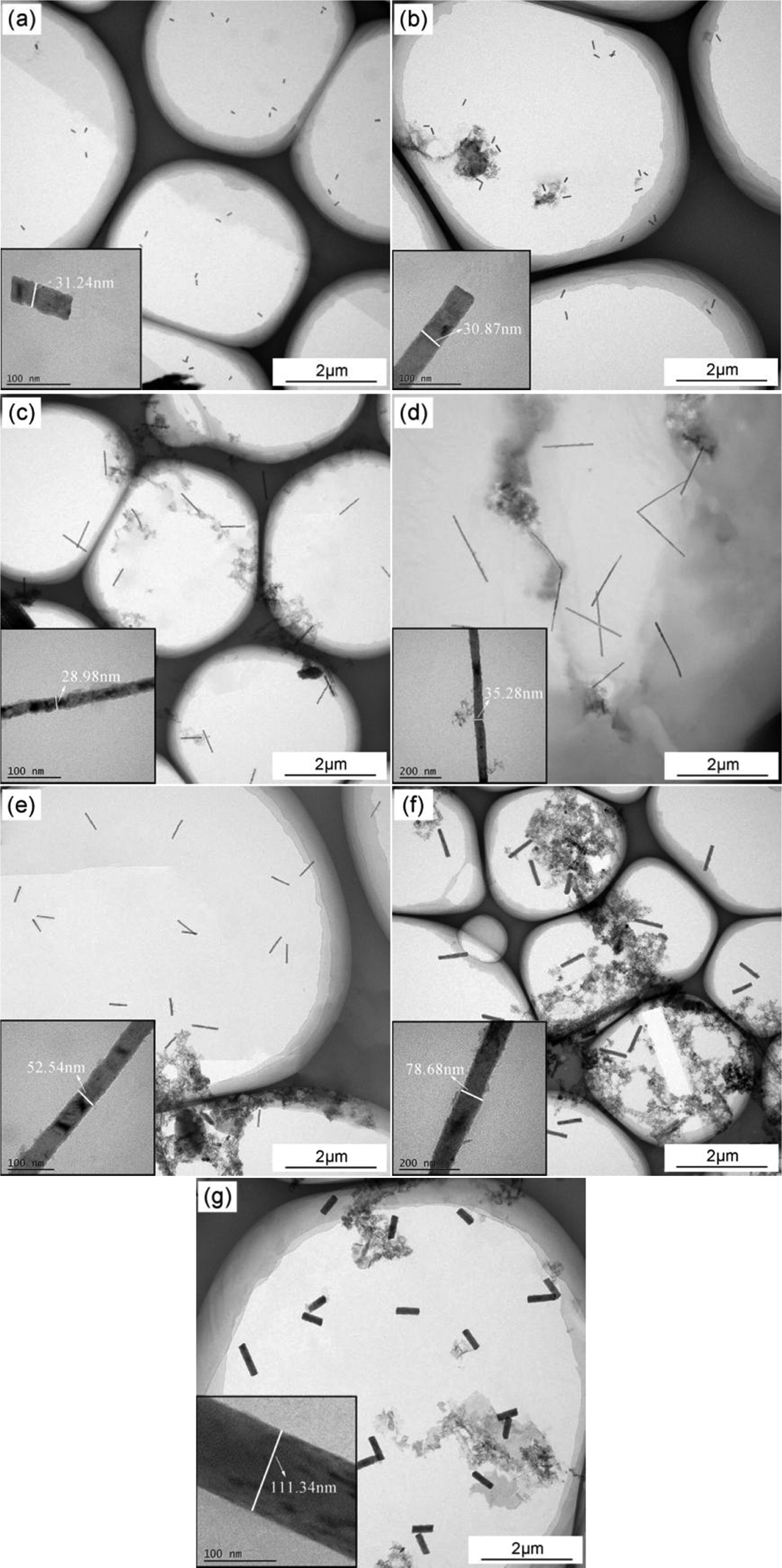Section _ reproduction and production of nanowires
Investigating the propagation of cobalt nanowires using the electron deposition technique
Researcher and author: Dr. ( Afshin Rashid)
_vog.gif)
Note: Cobalt nanowires with a diameter of about 93 nm are made using the electro-deposition technique on the aluminum mold of the nanowires by the galvano-static deposition method. Aluminum mold is made through multi-stage monodizing of pure aluminum sheet.
Fabrication of arrays of vertical aligned cobalt nanowires on flat surfaces and field emission (FE) using them as electron cathodes. These arrays are made by electrodeposition in the form of nanoparticles on Au/Ti substrates. / Si are obtained at very low temperature (<100 °C).
After pattern removal, the arrays consist of structurally upright nanowires with high aspect ratios, uniform dimensions, and predetermined densities. Electron field emission measurements of metallic properties and propagation of cobalt nanowires.
In the reproduction of cobalt oxide nanotubes, cobalt nanowires embedded in alumina pattern are synthesized in air. The morphology and phases of nanowires/nanotubes are investigated by transmission electron microscope (TEM) and X-ray diffraction (XRD), respectively.

The electronic reaction of cobalt nanowires between the oxidation and evaporation of cobalt nanocrystals plays a role in the formation of such tubular nanostructures.
Conclusion:
Cobalt nanowires with a diameter of about 93 nm are made using the electro-deposition technique on the aluminum mold of the nanowires by the galvano-static deposition method. Aluminum mold is made through multi-stage monodizing of pure aluminum sheet.
Researcher and author: Dr. ( Afshin Rashid)
Specialized doctorate in nano-microelectronics



